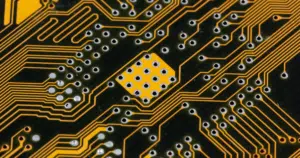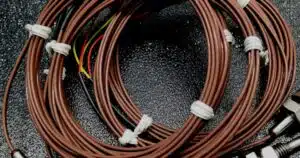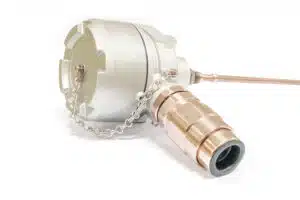By Andras Poppe and Marta Rencz The 30th THERMINIC (Thermal Investigations of ICs and Systems) workshop was held on 25-27 September 2024 in Toulouse, France at the Mercure Toulouse Centre Compans. Jean-Pierre Fradin (Icam, France) and Patrick Tounsi (INSA Toulouse & LAAS – CNRS) as local organizers and co-program chairs of the 2024 THERMINIC did a great job: Over 110 … [Read more...]
Augmenting Development of Electronics Cooling Technologies with Machine Learning Tools – a Heat Pipe System Example
The traditional pathway for development of thermal management technologies for electronics has been to analyze using heat transfer theory augmented by computational tools such as finite difference or finite element methods, CFD tools, or thermal management system simulation tools, sometimes in tandem with prototype system fabrication and testing. Combining recently available … [Read more...]
The Critical Radius in Cylindrical Systems
In the current world of heat transfer analysis, most work is performed with numerical simulation. However, there are analysis methods, which are faster and useful for early estimates or even design guidance, that are beneficial to thermal engineers. A recent ECM article [1] mentioned the concept of the critical radius when discussing the cooling/insulating effect of wire … [Read more...]
Thermocouple Transient Behavior
Previous articles in this series described how thermocouple wire size [1] and thermocouple attachment method [2] can affect steady state temperature measurements. This article briefly discusses how these factors can affect the transient response of thermocouples when used to monitor temperatures that change value over time. Bare Thermocouple Junction Before addressing … [Read more...]
Tech Brief: Thermocouple Attachment
The previous article in this series on thermocouples described how the size of the thermocouple wire could affect its accuracy [1]. This is particularly true if the wire is exposed to high convection coefficients. This article addresses a separate issue, namely the degree to which the attachment method impacts thermocouple readings. As it turns out, once again the … [Read more...]
- 1
- 2
- 3
- …
- 46
- Next Page »










